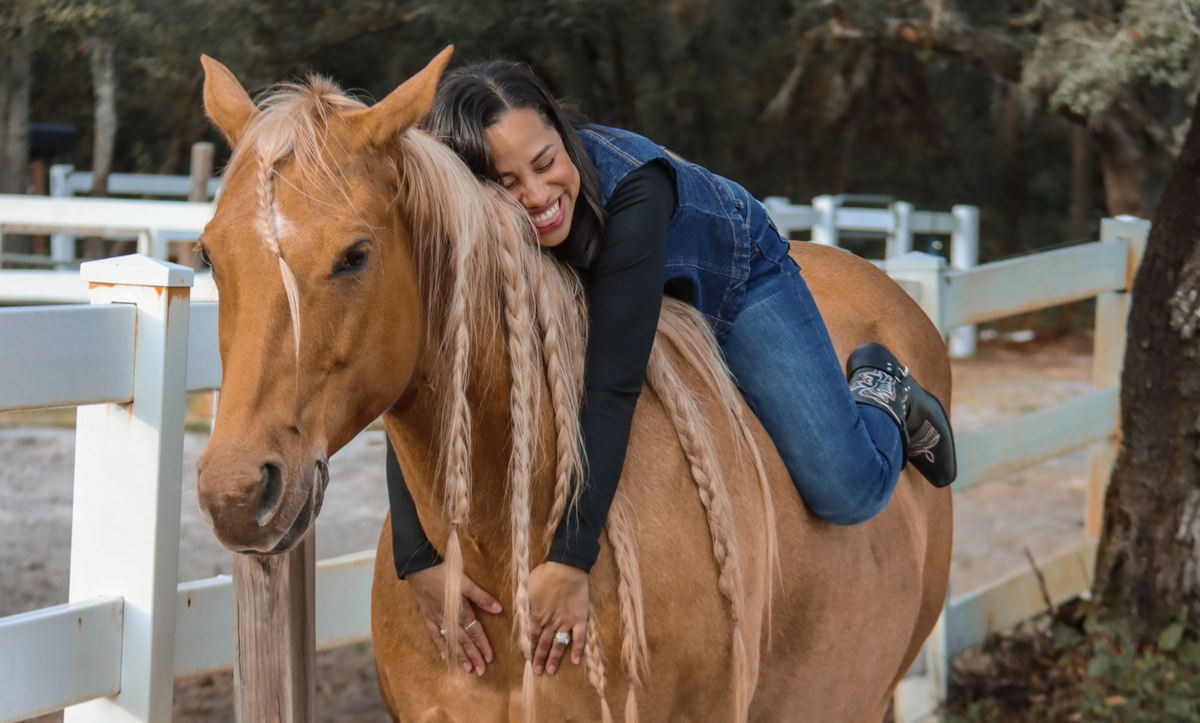

Horses are highly expressive animals that communicate through body language, movement, and facial expressions. Whether they are feeling calm, excited, stressed, or fearful, they constantly send signals that can help us understand their emotions.
Learning to read your horse’s body language can deepen your bond, improve training sessions, and help prevent accidents. Whether you’re new to horse ownership or have been around horses for years, developing a keen eye for these signals will make you a more confident and informed equestrian.
Unlike humans, horses don’t use words—but that doesn’t mean they don’t communicate. Their movements, expressions, and postures can tell you how they feel, whether they’re comfortable, and even if they’re experiencing pain or stress.
🔹 Helps Strengthen Trust – When you understand what your horse is saying, you can respond appropriately and build a stronger connection.
🔹 Prevents Misunderstandings – Many horse-related accidents happen because people misinterpret or ignore warning signs.
🔹 Improves Training Success – Horses respond best when riders and handlers understand their non-verbal cues and adjust accordingly.
Horses rely on subtle shifts in body language to interact with their herd members. These same signals apply when they communicate with humans.
✔️ Ear positions to show attentiveness, aggression, or relaxation
✔️ Tail movement to indicate mood or irritation
✔️ Facial expressions to express emotions like happiness or discomfort
✔️ Posture and weight shifting to display dominance or submission
✔️ Responding to your energy and body movements
✔️ Expressing emotions through eye contact, head carriage, and muscle tension
✔️ Using vocalizations (neighs, nickers, or snorts) to seek attention or express emotion
When a horse is feeling content, relaxed, and trusting, it will display soft and open body language.
✅ Ears: Pointed slightly forward or to the side, indicating relaxation and attentiveness.
✅ Eyes: Soft, half-closed, and blinking often, showing calmness and comfort.
✅ Head Position: Naturally lowered, signaling trust and relaxation.
✅ Mouth & Lips: Slightly drooping lips or gentle chewing (especially when being trained) indicates a thinking and relaxed horse.
✅ Tail Movement: Slow, swaying motion when standing still or moving at a comfortable pace.
✅ Leg Position: Resting one hind leg while standing still (a sign of contentment and relaxation).
If your horse exhibits these signs, congratulations! You have a happy and relaxed equine partner.
Horses are prey animals, which means their fight-or-flight instincts are strong. Recognizing early signs of stress can help prevent bigger issues like bolting, rearing, or aggressive reactions.
⚠️ Common signs of an anxious or fearful horse:
❌ Ears pinned back tightly – A strong sign of irritation or discomfort.
❌ Wide, darting eyes – Shows fear, stress, or hyper-alertness.
❌ Flared nostrils – Indicates heavy breathing, excitement, or nervousness.
❌ Tail clamped down – A sign of tension, discomfort, or fear.
❌ High head position – A rigid, stiff head and neck suggests stress or readiness to flee.
❌ Excessive pawing or stomping – Can indicate frustration, impatience, or anxiety.
❌ Rapid weight shifting or backing away – A sign of fear, distrust, or uncertainty.
While rare in well-trained horses, aggressive behaviors can happen when a horse feels threatened, dominant, or territorial.
⚠️ Signs of aggression to watch for:
❌ Pinned ears combined with bared teeth – A strong warning that the horse is upset or feeling defensive.
❌ Lunging forward or biting – Shows a willingness to defend its space or assert dominance.
❌ Kicking out with hind legs – A serious sign of aggression or fear (be cautious).
❌ Swishing tail aggressively – Often accompanied by stiff movements or pinned ears.
Not all horse body language is extreme. Some subtle cues can give insight into how your horse is feeling.
🐴 Chewing and Licking – When a horse chews lightly after training, it’s a sign of processing information and relaxation.
🐴 Yawning – Can indicate stress relief, relaxation, or occasionally discomfort.
🐴 Snorting or Blowing – A soft snort often means contentment or curiosity.
🐴 Nudging with Muzzle – Sometimes playful, but excessive nudging may mean they want attention or are testing boundaries.
Now that you understand the basics of horse body language, here’s how to improve communication and strengthen your bond:
💡 Observe Their Behavior Daily – Spend time watching how your horse reacts in different situations.
💡 Be Consistent with Your Cues – Horses respond best to clear, consistent commands and body movements.
💡 Respect Their Personal Space – Just like humans, horses appreciate boundaries. Don’t force interaction if they seem uncomfortable.
💡 Use Positive Reinforcement – Reward good behavior with gentle praise, treats, or scratches in their favorite spot.
💡 Work on Groundwork Exercises – Leading, lunging, and desensitization exercises help establish better trust and communication.
Horses are incredibly expressive creatures, and understanding their body language is key to building a stronger, more trusting relationship.
By recognizing the signs of happiness, stress, fear, or aggression, you can respond appropriately and create a safer, more enjoyable environment for both you and your horse.
The more time you spend observing, interacting, and learning from your horse, the better you’ll become at understanding what they’re trying to tell you—without saying a word.
Get a photoshoot with edited photos
Book by to secure this special rate